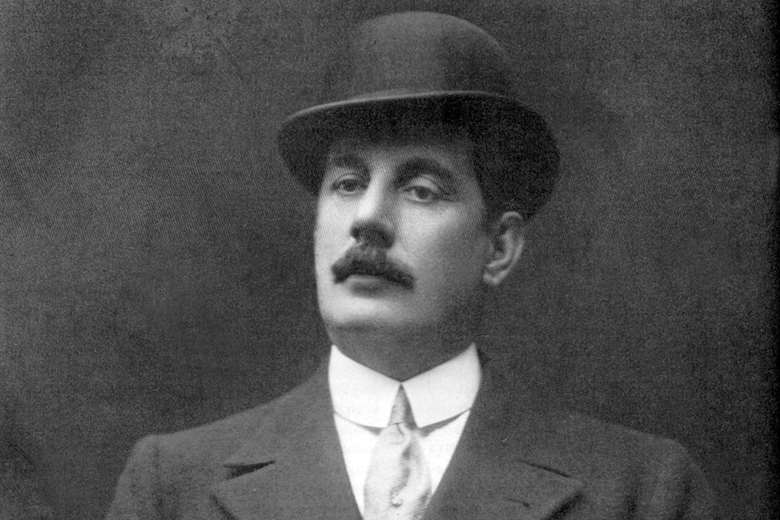The 10 greatest Puccini singers
Mark Pullinger
Friday, August 9, 2024
In the 100 years since he died, Puccini’s operas have inspired some of opera’s most iconic recordings. But who are his music’s greatest heroes and heroines? Mark Pullinger offers a guide

Register now to continue reading
Thanks for exploring the Gramophone website. Sign up for a free account today to enjoy the following benefits:
- Free access to 3 subscriber-only articles per month
- Unlimited access to our news, podcasts and awards pages
- Free weekly email newsletter







